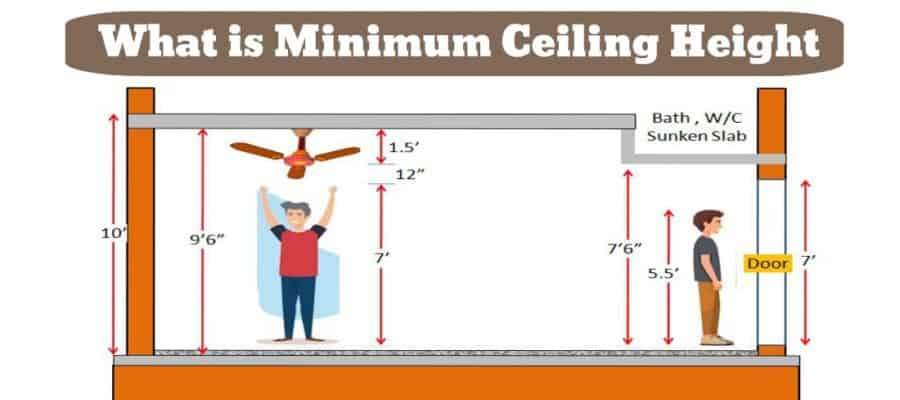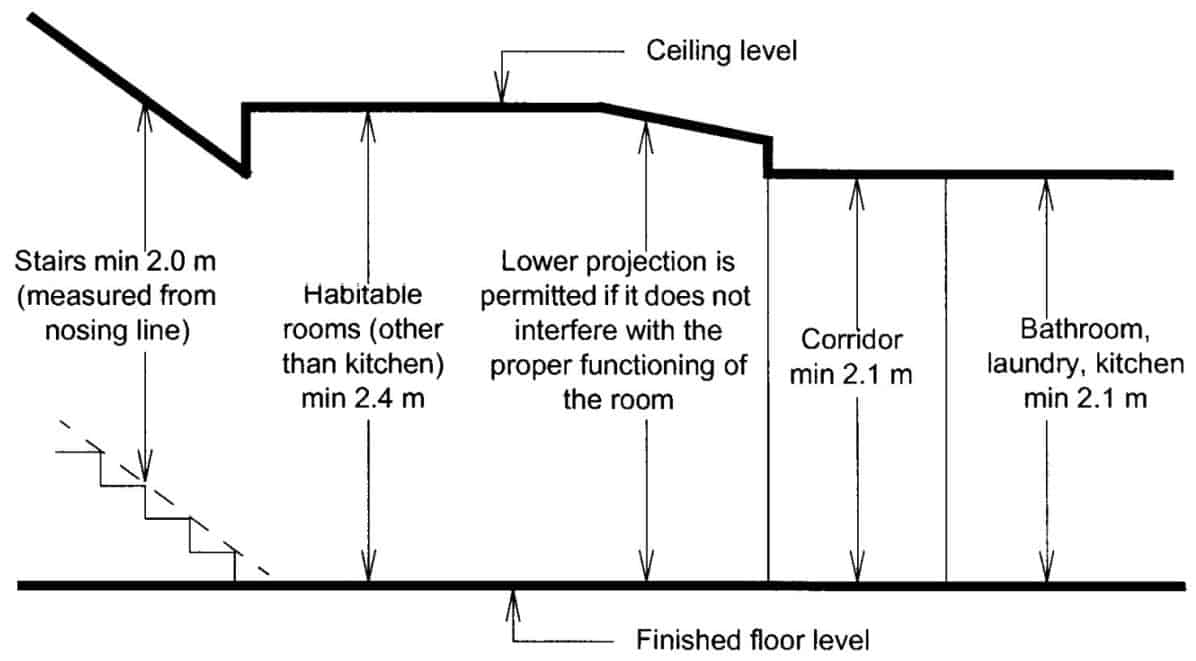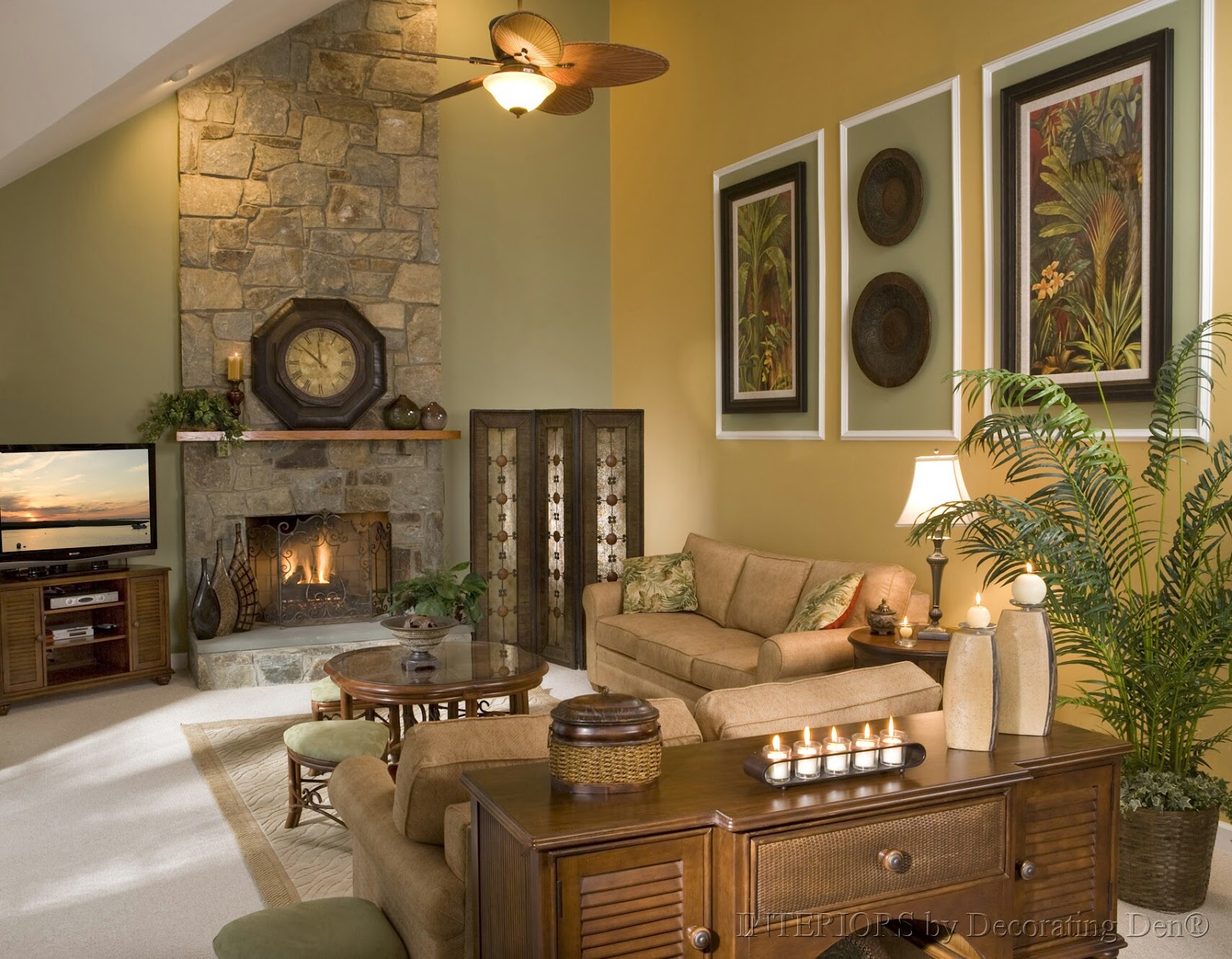The height of a living room ceiling is an important aspect of any home's design. It not only affects the overall aesthetic of the room, but it also plays a role in the functionality and comfort of the space. The standard living room ceiling height varies depending on factors such as the location, age, and style of the home. The average living room height for most modern homes is between 8 and 9 feet. This height is considered to be the most comfortable for most people, as it allows for the proper circulation of air and creates a sense of openness in the room. However, older homes may have lower ceilings, typically around 7 feet, while newer homes may have higher ceilings, up to 10 feet or more.Standard Living Room Ceiling Height
The average height of a living room is a common question for many homeowners and interior designers. As mentioned earlier, the standard height for most living rooms falls between 8 and 9 feet. However, this can vary depending on the location and style of the home. For example, homes in urban areas tend to have lower ceilings due to limited space, while homes in suburban or rural areas may have higher ceilings. Additionally, homes with vaulted ceilings or open floor plans may have higher living room ceilings than those with traditional layouts.What is the Average Height of a Living Room?
When determining the average living room ceiling height for a specific area, it's essential to consider the location and style of the home. For example, the average living room height in feet for a New York City apartment may be lower than the average height for a suburban home in California. However, on average, most homes in the United States have a living room ceiling height of around 8 feet. This height allows for comfortable furniture placement and creates a sense of balance in the room.Average Living Room Ceiling Height
While there is no set rule for the height of a living room ceiling, there are some living room height requirements to keep in mind when designing or remodeling a space. The first consideration is the functionality of the room. If the living room is primarily used for lounging and relaxation, a lower ceiling height may be more suitable. However, if the room will be used for entertaining or as a multi-purpose space, a higher ceiling may be more desirable. Another factor to consider is the overall style of the home. Traditional and colonial-style homes typically have lower ceilings, while modern and contemporary homes tend to have higher ceilings. It's essential to maintain a sense of harmony and consistency throughout the home when determining the living room ceiling height.Living Room Height Requirements
When it comes to how high a living room ceiling should be, there is no right or wrong answer. It ultimately depends on personal preference and the factors mentioned above. However, there are some general guidelines to follow when determining the height of a living room ceiling. For homes with standard 8-foot ceilings, it's recommended to keep the living room ceiling at the same height to create a sense of continuity and flow. If the ceiling is higher, it's essential to maintain a proportionate height for the living room. In rooms with lower ceilings, it's best to avoid bulky or oversized furniture, which can make the room feel even smaller.How High Should a Living Room Ceiling Be?
For those looking for living room ceiling height recommendations, the most important thing to keep in mind is to choose a height that feels comfortable and functional for the space. In addition to the factors mentioned above, it's also crucial to consider any architectural features or design elements that may affect the ceiling height. For example, if the living room has a fireplace or large windows, it's best to maintain a ceiling height that allows for proper balance and proportion. Additionally, any lighting fixtures or ceiling fans should also be taken into account when determining the living room ceiling height.Living Room Ceiling Height Recommendations
The ideal living room height is a highly subjective topic, as it can vary depending on personal preference and the specific characteristics of the home. However, the standard living room ceiling height of 8 to 9 feet is considered to be the most comfortable and functional for most people. Ultimately, the ideal height for a living room ceiling is one that complements the overall design and style of the home while providing a comfortable and visually appealing space for relaxation and entertainment.Ideal Living Room Height
While there are no set living room height standards, there are some guidelines to keep in mind when determining the height of a living room ceiling. These standards vary depending on the location and style of the home, but the most important factor is to ensure that the ceiling height is appropriate for the size and function of the room. For example, a smaller living room may feel cramped with a high ceiling, while a larger living room may benefit from a higher ceiling to create a more spacious and open atmosphere. It's also essential to consider any architectural features or design elements that may impact the living room height.Living Room Height Standards
As mentioned earlier, the average living room height in feet for most homes in the United States falls between 8 and 9 feet. This height provides a comfortable and functional space for most people, allowing for proper ventilation and furniture placement. However, it's important to keep in mind that the average height can vary depending on the location and style of the home. It's always best to consider the specific characteristics and needs of the space when determining the living room ceiling height.Average Living Room Height in Feet
When it comes to living room height code requirements, it's essential to consult with local building codes and regulations. These codes may vary depending on the location and type of home, but they typically dictate the minimum ceiling height for habitable rooms. In most cases, the minimum ceiling height for a living room is 7 feet, although some areas may require a minimum of 8 feet. It's crucial to comply with these codes to ensure the safety and functionality of the space.Living Room Height Code Requirements
The Impact of Average Living Room Height on House Design

The Importance of Ceiling Height
 When it comes to designing a house, there are many factors to consider. From the layout to the color scheme, every decision impacts the overall look and feel of the home. One often overlooked factor is the
average living room height
. The height of a room's ceiling can significantly impact the design and functionality of a house.
When it comes to designing a house, there are many factors to consider. From the layout to the color scheme, every decision impacts the overall look and feel of the home. One often overlooked factor is the
average living room height
. The height of a room's ceiling can significantly impact the design and functionality of a house.
Visual Impact
 One of the first things people notice when entering a room is the ceiling height. A higher ceiling can give the illusion of a larger and more open space, making the room feel more spacious and airy. On the other hand, a lower ceiling can make a room feel more cozy and intimate. Depending on the desired atmosphere of the living room, the
average height
of the space should be carefully considered.
One of the first things people notice when entering a room is the ceiling height. A higher ceiling can give the illusion of a larger and more open space, making the room feel more spacious and airy. On the other hand, a lower ceiling can make a room feel more cozy and intimate. Depending on the desired atmosphere of the living room, the
average height
of the space should be carefully considered.
Functional Considerations
 Aside from visual impact, the
average living room height
also has practical implications. A higher ceiling allows for more natural light to enter the room, making it brighter and more inviting. It also provides more room for taller furniture pieces, such as bookshelves or artwork. On the other hand, a lower ceiling may limit the type of furniture that can be used and can make the room feel cramped.
Aside from visual impact, the
average living room height
also has practical implications. A higher ceiling allows for more natural light to enter the room, making it brighter and more inviting. It also provides more room for taller furniture pieces, such as bookshelves or artwork. On the other hand, a lower ceiling may limit the type of furniture that can be used and can make the room feel cramped.
Design Flexibility
 The
average living room height
can also influence the design choices for the space. A higher ceiling allows for more creativity when it comes to lighting fixtures, such as chandeliers or pendant lights. It also allows for the addition of architectural features, such as crown molding or ceiling beams. The
height
of the living room can also impact the placement of windows, which can affect the natural light and ventilation of the space.
The
average living room height
can also influence the design choices for the space. A higher ceiling allows for more creativity when it comes to lighting fixtures, such as chandeliers or pendant lights. It also allows for the addition of architectural features, such as crown molding or ceiling beams. The
height
of the living room can also impact the placement of windows, which can affect the natural light and ventilation of the space.
Conclusion
 In conclusion, the
average living room height
plays a significant role in house design. It not only affects the visual impact and functionality of the space but also impacts design flexibility. Whether you prefer a more open and airy living room or a cozy and intimate one, the
height
of the room should be carefully considered to create a well-designed and functional living space.
In conclusion, the
average living room height
plays a significant role in house design. It not only affects the visual impact and functionality of the space but also impacts design flexibility. Whether you prefer a more open and airy living room or a cozy and intimate one, the
height
of the room should be carefully considered to create a well-designed and functional living space.


























































































